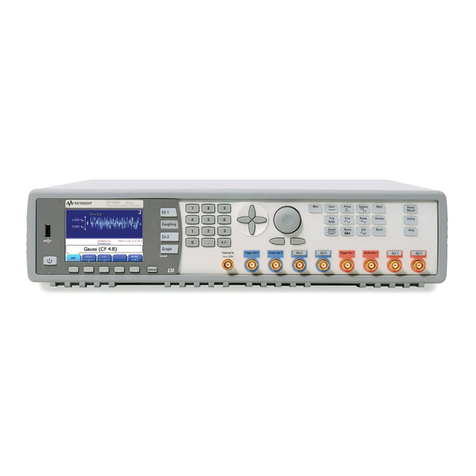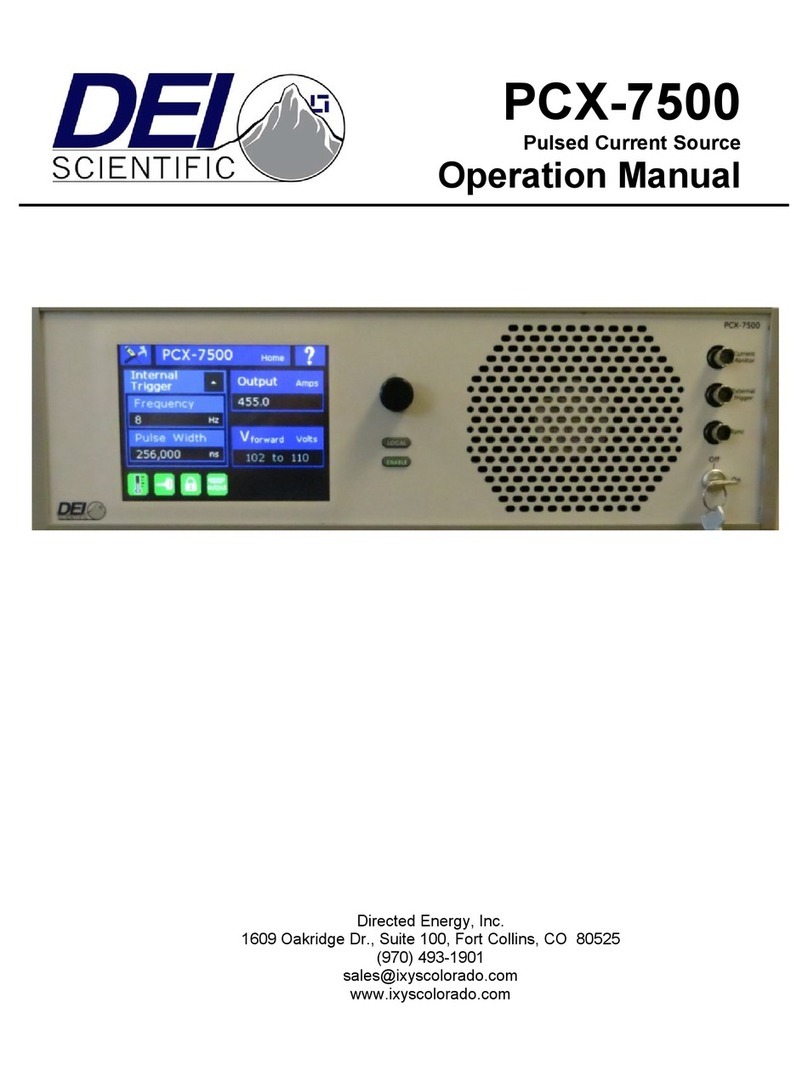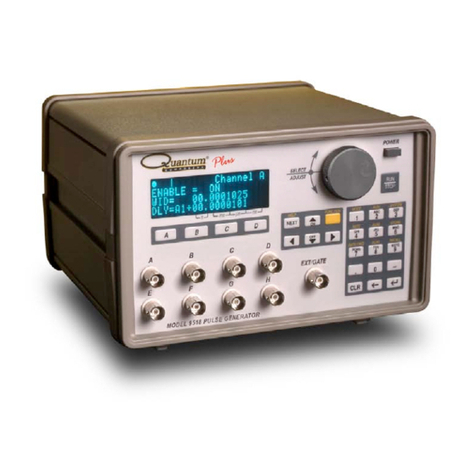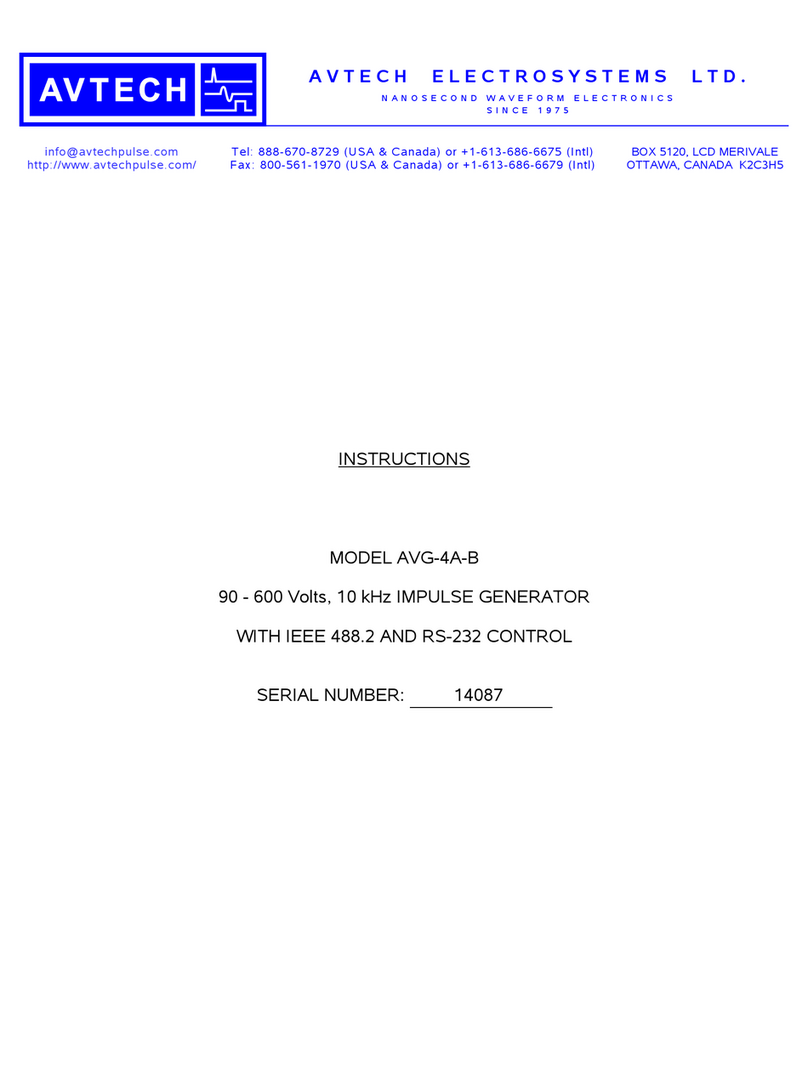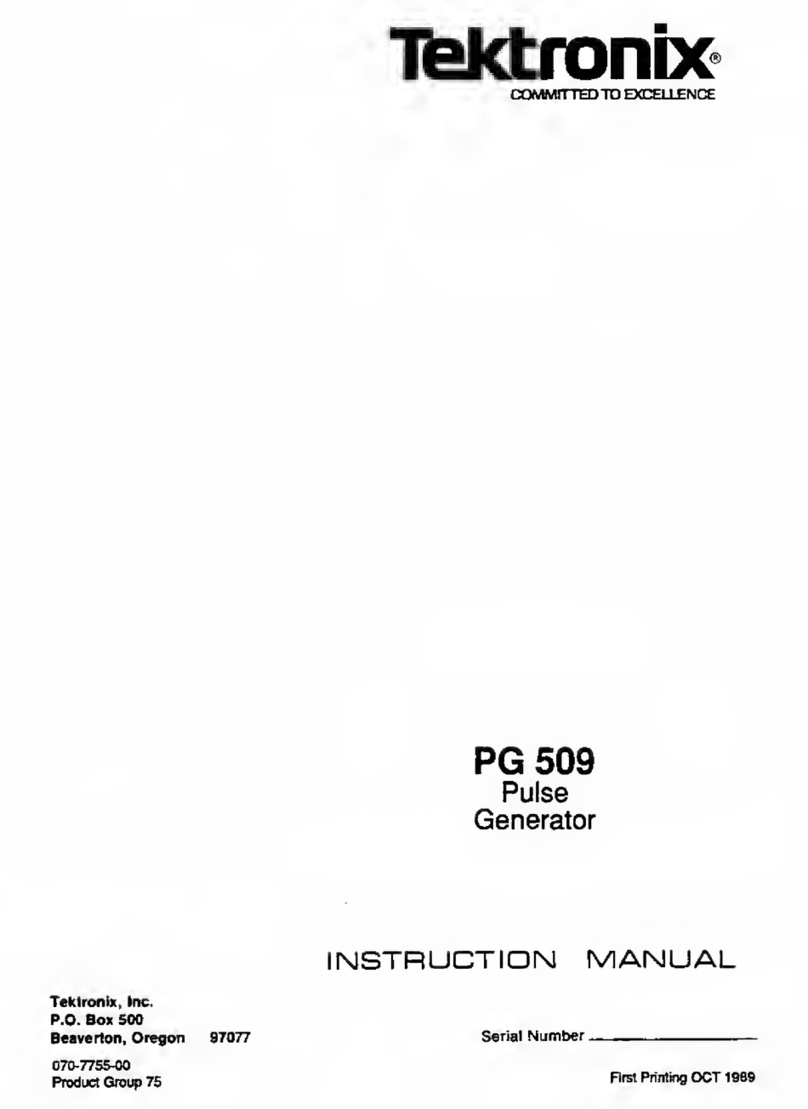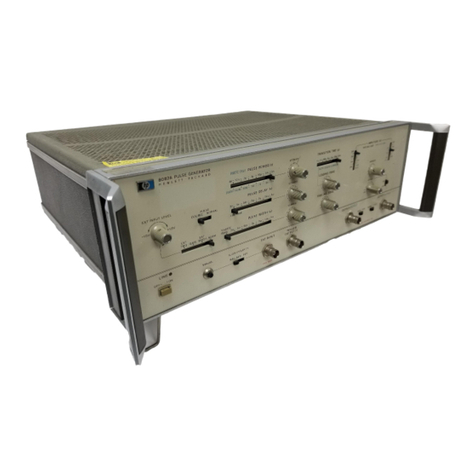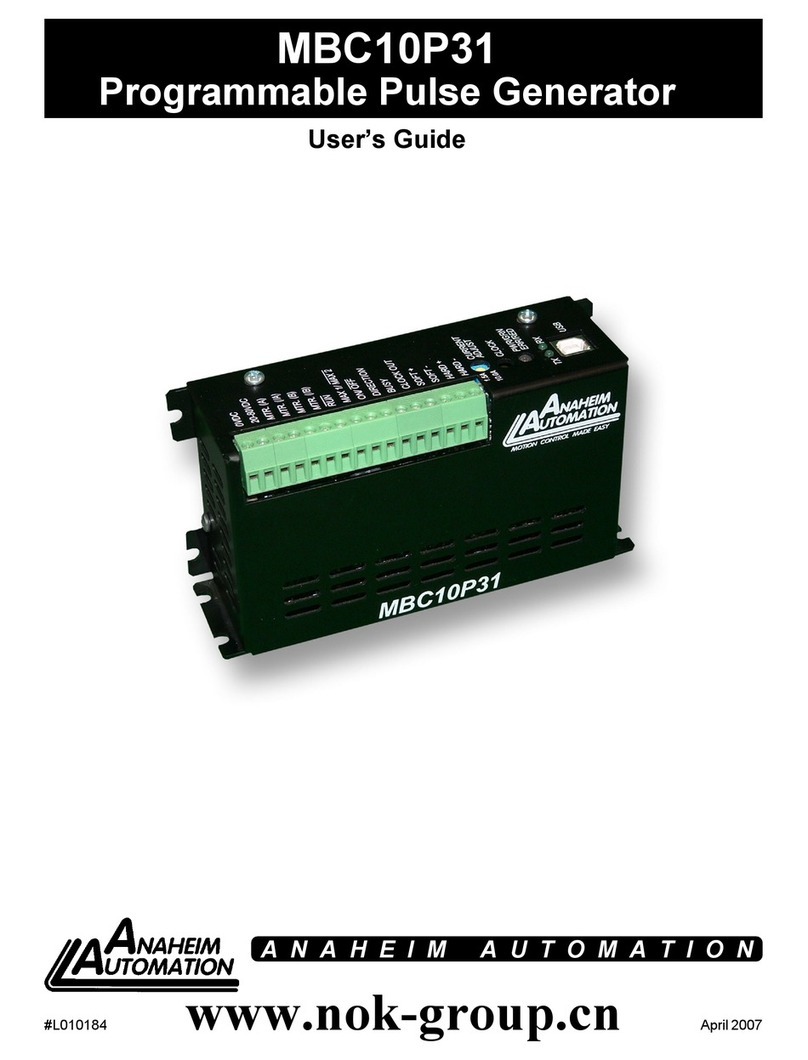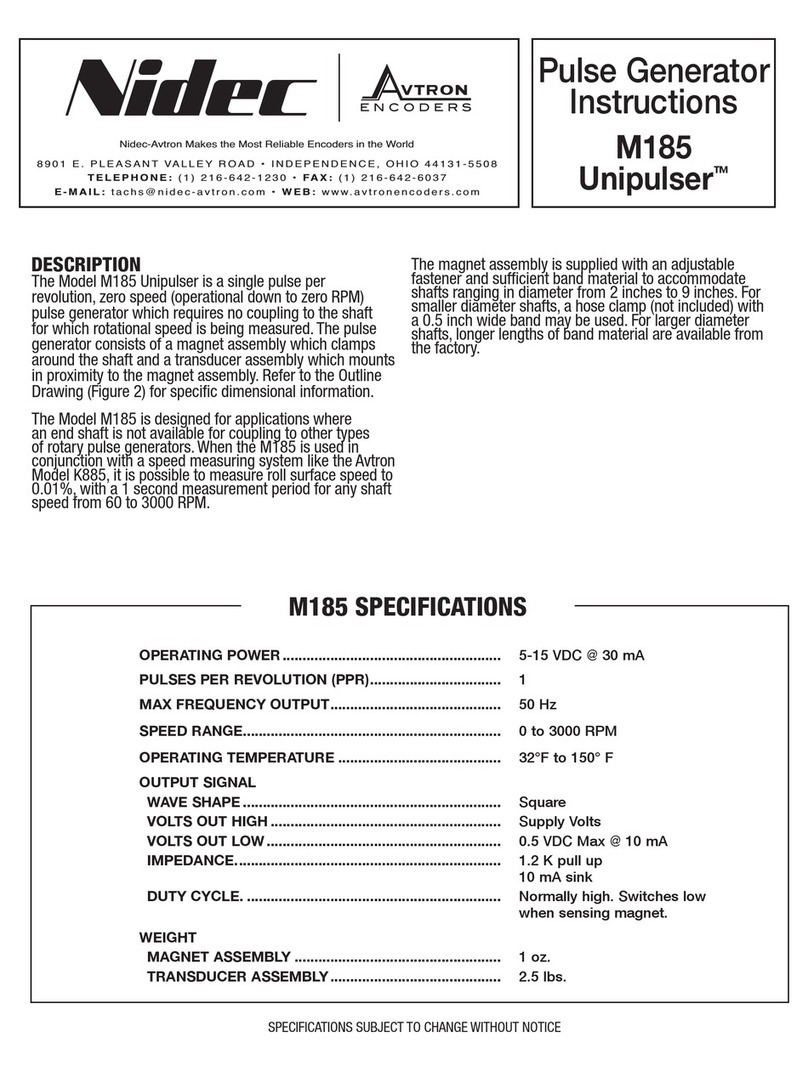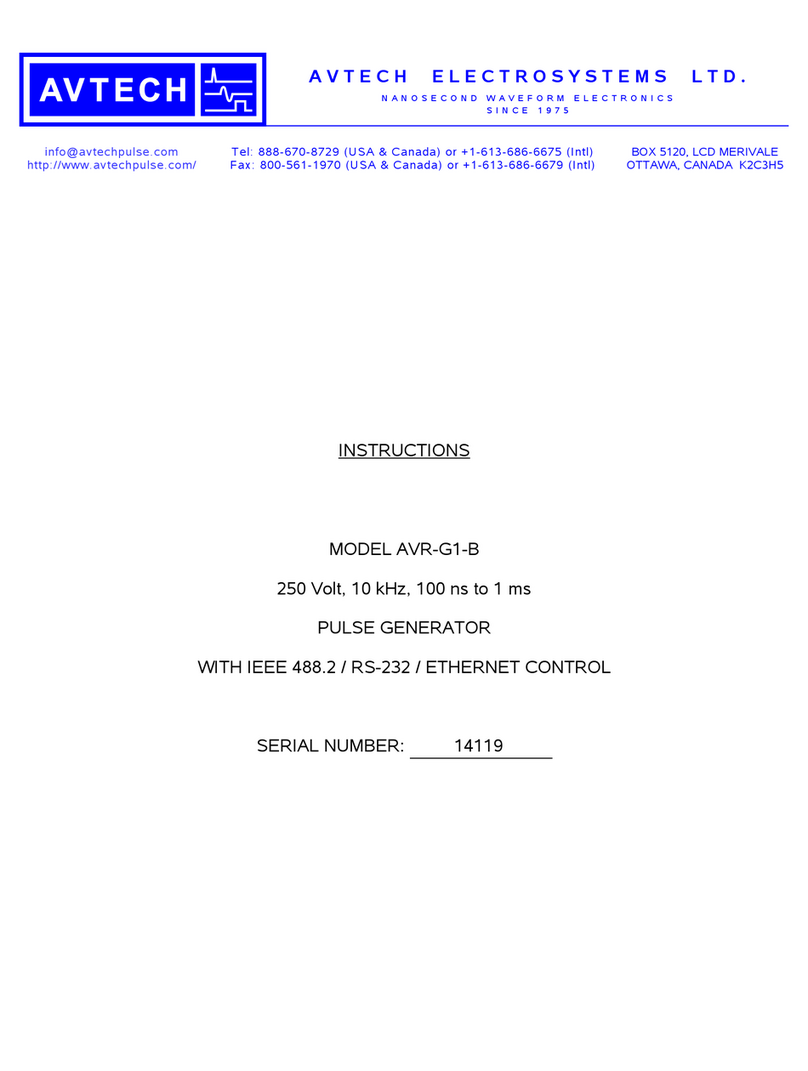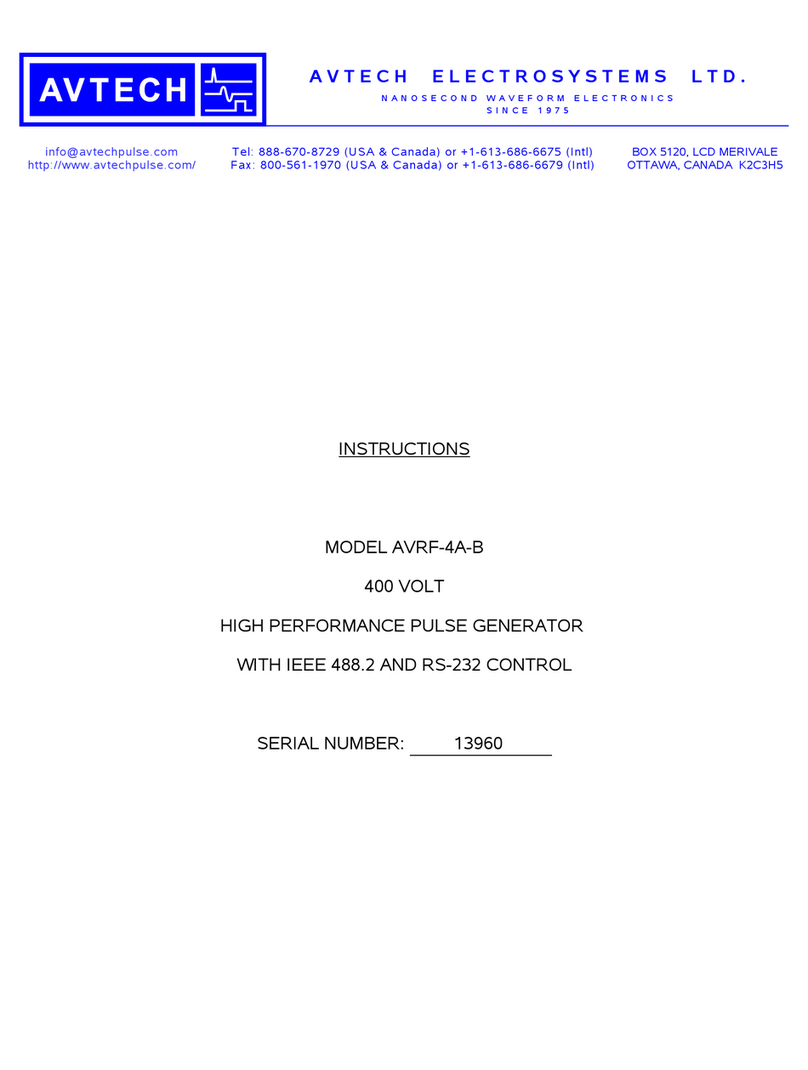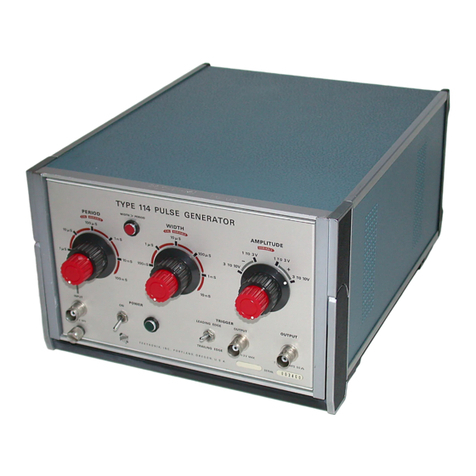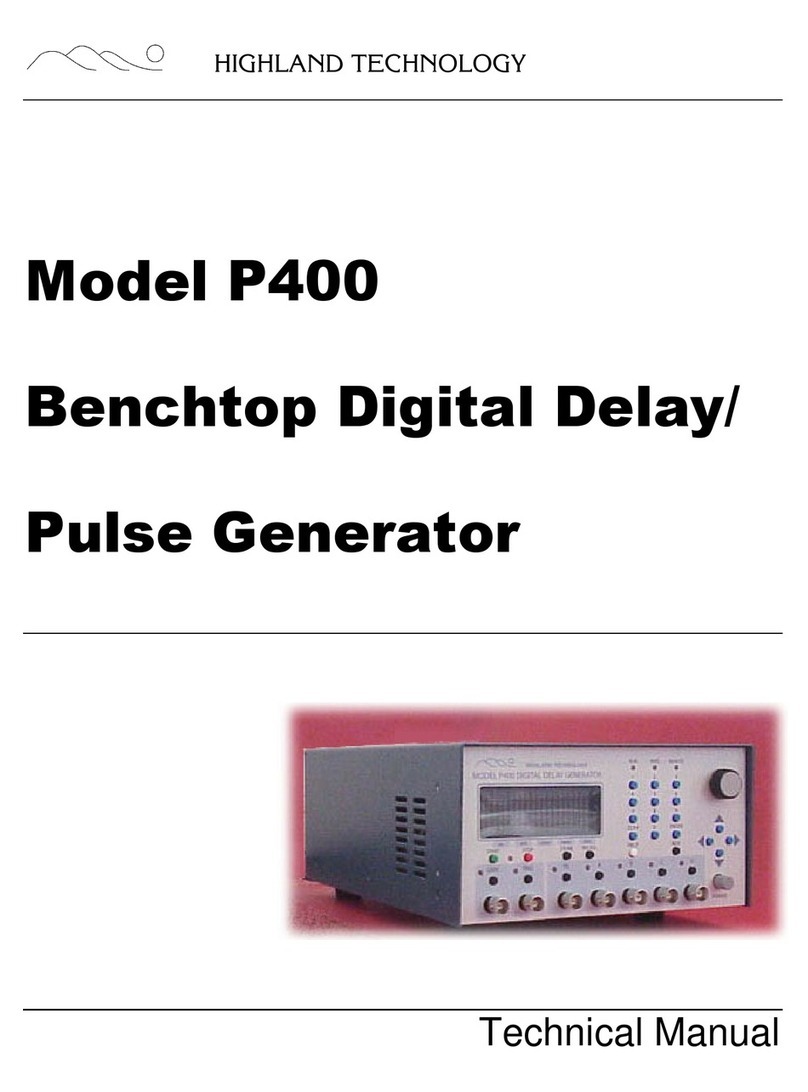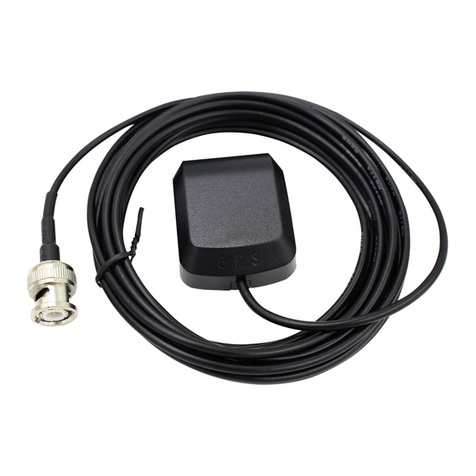
Operation
..................................
43
Summary
..................................
45
3.5. Operation
as
a Vibration Exciter
Control-
Narrow Band Random
........................
47
Generator Section
...................
,
........
47
Vibration
Meter Section
.......................
48
Compressor Section . . . . . . . . . . . . . . . . . . . . . . . . . . 50
Operation
..................................
51
Summary
..................................
52
3.6. Sweep Control
..............................
55
Output
with
swept frequency
...................
55
Summary
..................................
58
4.
DESCRIPTION
.......................................
60
4.1. High Frequency Sources
.......................
62
1 - 2
MHz
Oscillator
.........................
62
1.2-
1
MHz
Oscillator
........................
62
Narrow Band Random
........................
62
4.2. Main
Output
................................
63
4.3. Frequency Readouts
..........................
64
Digital
Outputs
..............................
64
Analogue Readout
...........................
65
DC
o::f
....................................
65
DC
ex:
log f
.........................
:
........
65
4.4. Tuning
Outputs
.......
.
.....................
65
1.2 MHz
and
1.2-
1 MHz
.....................
65
60 kHz and 60 -
50
kHz . . . . . . . . . . . . . . . . . . . . . .
65
100kHz
and
100-
110kHz
...................
66
Constant Level Outputs
.......................
66
4.5. Sweep
Control
..............................
66
4.6. Compressor . . . . . . . . . . . . . . . . . . . . . . . . . . . . . . . . .
68
Compressor
Speed
. . . . . . . . . . . . . . . . . . . . . . . . . . . 69
Compressor
Control
. . . . . . . . . . . . . . . . . . . . . . . . . .
71
4.7. Safety
Limits
and Interlock
....................
71
Safety
Limits
...............................
71
Interlock
...................................
73
4.8.
Vibration
Meters
.............................
73
Attenuator
and
Mode
.........................
74
Dynamic
Filter
..............................
75
Slave
Filter
.................................
75
Meter Rectifiers
.............................
77
